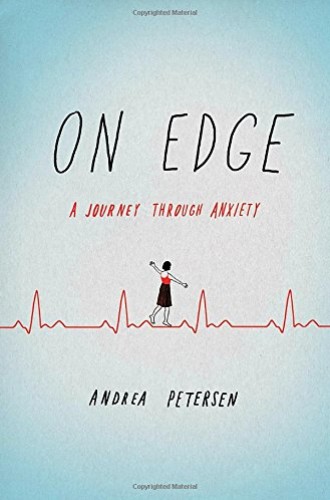I’m glad to know that I’m not alone in my recent spate of anxious feelings. Apparently, anxiety is all the rage these days. Two different friends in the last few days told me they’d seen a recent news show segment claiming that anxiety now surpasses depression in terms of the number of people in America afflicted. This rise in anxiety, one friend explained, is thought to be related to the ubiquity of information at our fingertips, our excessive consumption of it 24/7, and the difficulty assessing whether it is true or false.
Andrea Petersen, a journalist whose new book traces her own experiences of anxiety through its history, cultural resonances, and common treatments, wouldn’t necessarily disagree with this explanation. But the full picture she paints is far more nuanced and complex. Situational anxiety (e.g., I wonder why that one lymph node has been swollen for several months, or I worry that the current president is going to destroy our democracy) is different from generalized anxiety, social anxiety, phobias, or any other number of disorders that now afflict so many people. It’s mostly the latter forms of anxiety that Peterson covers in this book, the kind of anxiety that at its worst paralyzes people and at its mildest still sabotages them from living fully and joyfully.
Anxiety, Peterson suggests, is part nature and part nurture. There are genetic tendencies (and the story of her grandmother’s attempt to burn down the house with her children in it makes Petersen’s own stories of panic attacks seem downright mild). But studies have also shown that the way we raise our children—and specifically, how we conform to social and gender expectations ranging from subtle to blatant—can contribute to the development or prevention of anxiety in teenagers and young adults who are genetically or temperamentally prone to it. Childhood trauma can play a role in the development of anxiety, and anxiety may also be transmitted from a pregnant mother to her baby in utero.





